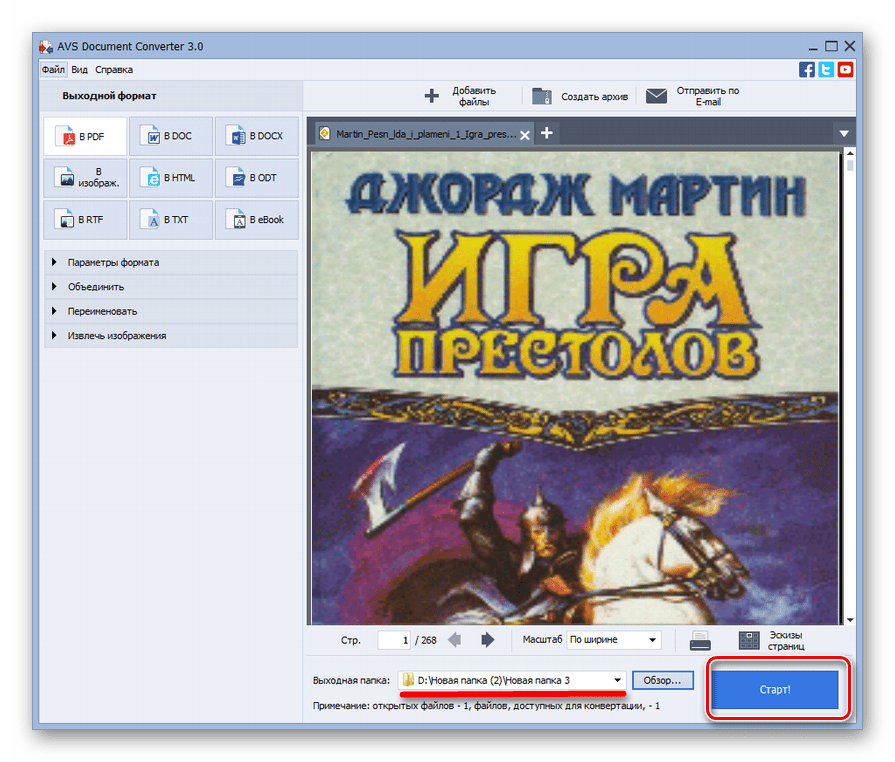What is the solution of the Homogeneous Differential Equation? : #dy/dx = (x^2+y^2-xy)/x^2# with #y(1)=0#
1 Answer
Smile has released version 11.1 of its recently upgraded PDFpen and PDFpenPro apps (see 'New PDFpen 11 Introduces Split View and Font Bar,' 19 May 2019), improving column and table data recognition in documents and improving accuracy for selecting and copying data from a table's columns or cells.The updated PDF editing apps also gain an automatic page rotation option to correct scanned. PDFpenPro is a powerful Mac PDF editor: create fillable PDF forms, edit PDF Table of Contents, correct text, OCR scanned PDFs. Math Problem Solver Questions Answered Free Algebra Geometry Trigonometry Calculus Number Theory Combinatorics Probability.
Explanation:
We have:
# dy/dx = (x^2+y^2-xy)/x^2 # with #y(1)=0#
Which is a First Order Nonlinear Ordinary Differential Equation. Let us attempt a substitution of the form:
# y = vx #
Differentiating wrt #x# and applying the product rule, we get:
# dy/dx = v + x(dv)/dx #
Substituting into the initial ODE we get:
# v + x(dv)/dx = (x^2+(vx)^2-x(vx))/x^2 #
Then assuming that #x ne 0# this simplifies to:
# v + x(dv)/dx = 1+v^2-v #
# :. x(dv)/dx = v^2-2v+1 #
And we have reduced the initial ODE to a First Order Separable ODE, so we can collect terms and separate the variables to get:
# int 1/(v^2-2v+1) dv = int 1/x dx #
# int 1/(v-1)^2 dv = int 1/x dx #
Both integrals are standard, so we can integrate to get:
Pdfpenpro 11
# -1/(v-1) = ln|x| + C #
Using the initial condition, # y(1)=0 => v(1)=0 #, we get:
# -1/(0-1) = ln|1| + C => 1#
Thus we have:
2 X 1 X 11
# -1/(v-1) = ln|x| +1 #
# :. 1-v = 1/(1+ln|x|) #
# :. v = 1 - 1/(1+ln|x|) #


Snippetslab 1 8 5 lug. # = (1+ln|x|-1)/(1+ln|x|) #
# = (ln|x|)/(1+ln|x|) #
Clownfish plugin for teamspeak 3 mac. Then, we restore the substitution, to get the General Solution:
# y/x = (ln|x|)/(1+ln|x|) #
# :. y = (xln|x|)/(1+ln|x|) #
Related topic
Related questions
What is the solution of the Homogeneous Differential Equation? : #dy/dx = (x^2+y^2-xy)/x^2# with #y(1)=0#
1 Answer
Explanation:
We have:
# dy/dx = (x^2+y^2-xy)/x^2 # with #y(1)=0#
Which is a First Order Nonlinear Ordinary Differential Equation. Let us attempt a substitution of the form:
# y = vx #
Differentiating wrt #x# and applying the product rule, we get:
# dy/dx = v + x(dv)/dx #
Substituting into the initial ODE we get:
# v + x(dv)/dx = (x^2+(vx)^2-x(vx))/x^2 #
Then assuming that #x ne 0# this simplifies to:
# v + x(dv)/dx = 1+v^2-v #
# :. x(dv)/dx = v^2-2v+1 #
And we have reduced the initial ODE to a First Order Separable ODE, so we can collect terms and separate the variables to get:
# int 1/(v^2-2v+1) dv = int 1/x dx # https://qmvak.over-blog.com/2021/01/acorn-5-5-1-download-free.html.
# int 1/(v-1)^2 dv = int 1/x dx #
Both integrals are standard, so we can integrate to get:
# -1/(v-1) = ln|x| + C #
Using the initial condition, # y(1)=0 => v(1)=0 #, we get:
# -1/(0-1) = ln|1| + C => 1#
Apple safari browser. Thus we have:
# -1/(v-1) = ln|x| +1 #
# :. 1-v = 1/(1+ln|x|) #
# :. v = 1 - 1/(1+ln|x|) #
# = (1+ln|x|-1)/(1+ln|x|) #
# = (ln|x|)/(1+ln|x|) #
Then, we restore the substitution, to get the General Solution:
# y/x = (ln|x|)/(1+ln|x|) #
# :. Joyoshare heic converter 2 0 0 c. y = (xln|x|)/(1+ln|x|) #